A Giant Leap
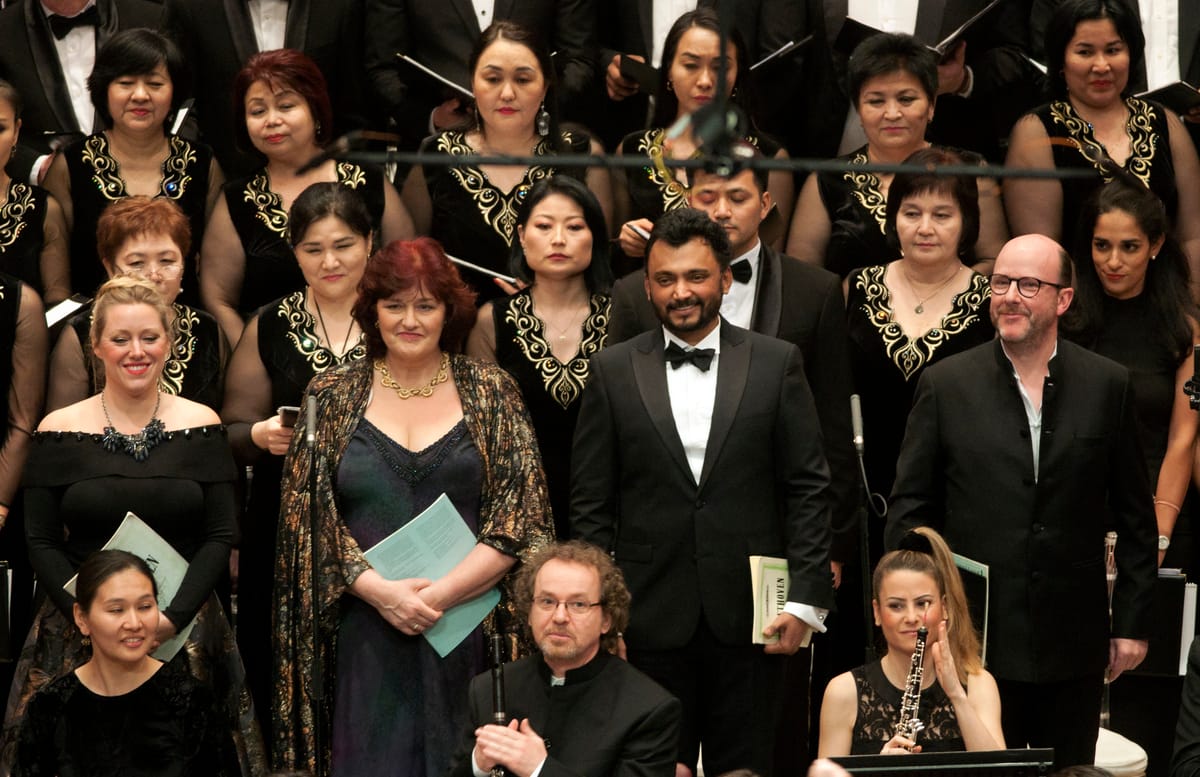
Zane Dalal traces the origin of the NCPA in a familiar story that finds its voice again, in our fiftieth anniversary celebrations.
Half a century is a milestone by any reckoning. 50 years ago – in 1969 – Neil Armstrong was the first man to walk on the moon in that ’giant leap for mankind’. In January that year, Marvin Gaye performed ’I Heard It Through The Grapevine’. In December, Diana Ross, still part of The Supremes sang ’Someday We’ll Be Together’. In August that year, The Rolling Stones gave us ‘Honky Tonk Women’. Richard Nixon was President of the United States, Watergate was yet to come, the Vietnam war raged on and Jimi Hendrix insisted – somewhat unsuccessfully – on being the blowout final offering at Woodstock. Four computers were connected to each other, creating an Internet Message Processor for the first time, introduced by the UCLA. The 21-year-old Prince Charles was invested Prince of Wales at Caernarvon Castle. The world’s population was a mere 3.5 billion.
Humble but ambitious
This was also the year Dr. Jamshed Bhabha founded the National Centre for the Performing Arts (NCPA) in Bombay – a dream shared by both him and his eminent brother Homi. Both of them were renaissance men, tied to the emergence of the Indian nation during the time they lived, and both indelibly linked with its future, providing legacies that affect us today, in fine arts, culture, the performing arts, museums, the sciences, technology, engineering and energy. Both surrounded themselves with strong departments of administrative affairs and both set the stage for excellence in business administration and governance of all kinds. The NCPA had humble beginnings on Bhulabhai Desai Road. No one, with the exception of Dr. Bhabha and the few privileged members of his côterie who knew his style, could have foreseen what would become of those beginnings, and exactly how mighty the oak from that first acorn would grow.
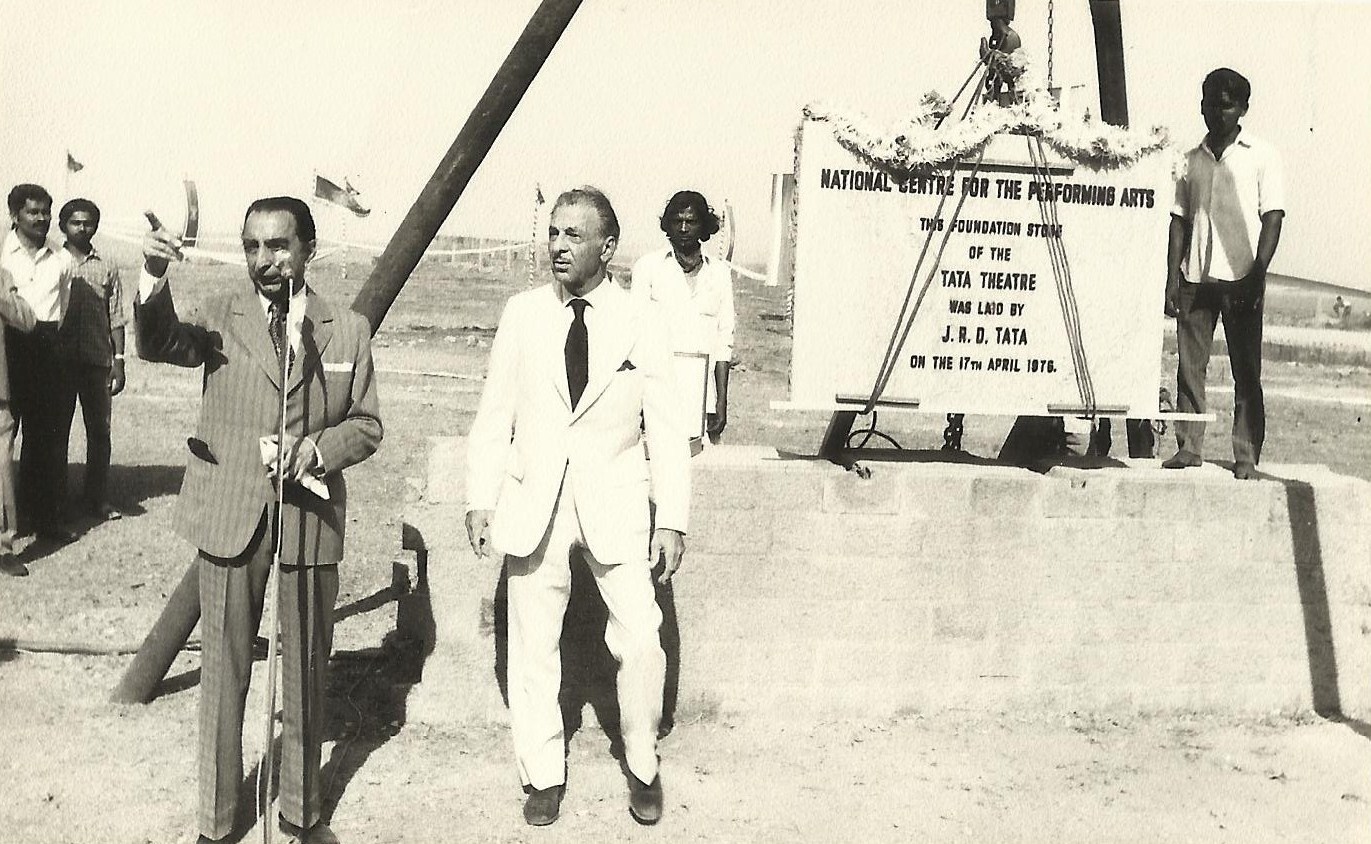
On a search for the ideal campus, time and again, plots of land were shown, discussed and deemed unsuitable. Looking out at the stretch of water at Nariman Point, Dr. Bhabha exercised his two most notable characteristics, genius and strong will. It is no surprise that JRD Tata looked first to Dr. Bhabha for strength and support, forging a now fabled and legendary relationship. Land emerged where there was none, reclaimed from the sea and stabilised to allow for venues worthy of his vision. After the Tata Theatre opened to great fanfare, it was only a matter of time before the opera house that bears his name, was conjured and materialised. Even after the devastating fire, just as the Jamshed Bhabha Theatre entered the completion phase, the ironclad will and perseverance that had marked his career remained unflagging. I was privileged to meet him in 2007, the year of his passing, and create my own personal link to our founder and chief benefactor.
The men who made it work
Nevertheless, the theatres of the NCPA campus remained relatively empty. For many months, the opera house would lie dormant, without conditioning, requiring fresh painting and carpeting every year after the monsoon. The smaller theatres had sporadic attendance and the use of the campus had not become a fixture in the lives of Mumbaikars. Perhaps Dr. Bhabha’s most lasting and influential decision was in the selection of his successor, Mr. Khushroo N. Suntook. Both men had a deep and abiding bond, with Mr. Suntook serving as Vice-Chairman for a number of years.
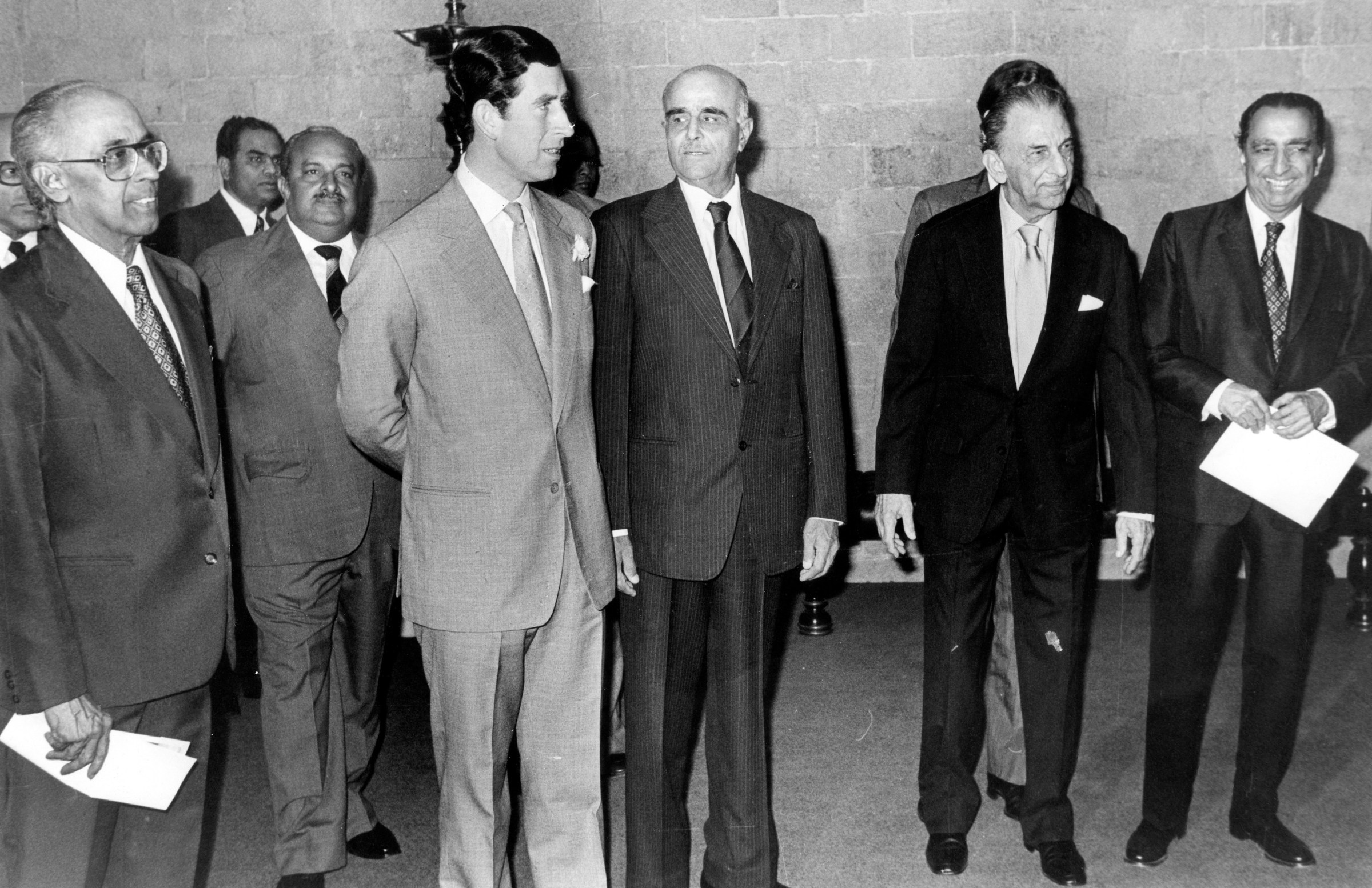
Both exercised the same views and innate ideas about governance. Both knew instinctively, right from wrong. Both knew what was required and both were unrelenting in the pursuit of vision, despite the odds, despite the naysayers and despite the many obstacles that lay in their path. It is the stuff from which dreams become reality. Mr. Suntook took the helm with natural aplomb. An erudite man, a supporter of many visions, but particularly passionate about Western classical music, grand opera, singing traditions and general excellence in the performing arts, he proved very early in his stewardship that the NCPA would be entering a new phase of growth, variety and stability with a constant view to the horizon.
The formation of the Symphony Orchestra of India (SOI) in August 2006 was one such vision, providing the city, and the nation, with its first professional orchestra. Naturally, performances of opera in the grand Italian tradition followed and thereafter, month by month, year by year, the steady varnish has given not only the orchestra but the NCPA its current lustre, sheen and provenance. It is almost impossible to quantify the changes and the quantum leap forward undertaken in the last decade, but it is equally impossible to imagine the NCPA without these current offerings, enjoyed by so many.
New Shores
Our audiences have tripled in size and enthusiasm, and represent a marvellous diversity of persons from all backgrounds. The excitement generated amongst young and old alike is infectious, and we have managed to create an international awareness that extends from New York in the west to Beijing, Tokyo and Seoul in the east. I have been present for this recent phase of the journey, privileged to maintain a hands-on role with both the orchestra and the NCPA. Through the many ups and downs, the global recession, the natural and unnatural obstacles in our path – the clarion call and the setting of our meter was never in doubt. For this courage and stability, we owe Mr. Suntook a debt of thanks.
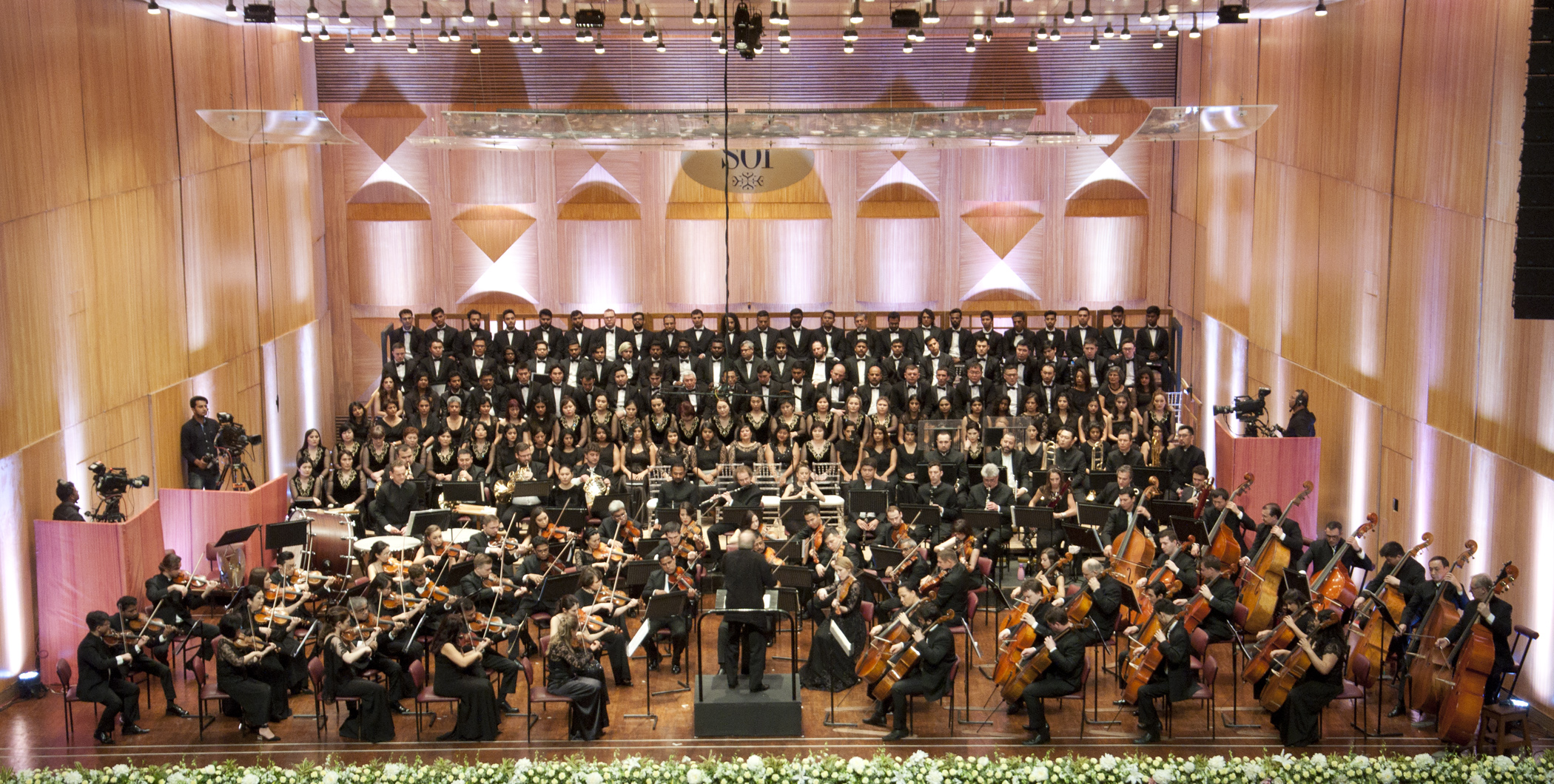
This year, we performed Beethoven’s epic Ninth symphony for the second time – bringing together in reality, flesh and blood, the intent of both Beethoven and the poet Schiller, whose writing speaks to us across the ages about inclusion, brotherhood and the joy available to all creatures no matter how lofty or lowly. Three national choirs – from Mumbai, Goa and Bengaluru – were joined by an international concert choir from Kazakhstan. The orchestra, as from its earliest days, was a veritable United Nations – bringing to India a sense of communal purpose for our shared interest and love for great music, and taking back with them the singular accomplishment of being India’s internationally recognised symphony orchestra.
Just after this February season in Mumbai, we embarked on our first tour of the United Kingdom, a six-concert five-city tour that traverses London, Birmingham, Cardiff, Edinburgh and Guildford. We were presented by IMG, no less, through the toil and unceasing labour of our Chairman. We took great solace in travelling on our fifth international tour to prove not only our worth but to ensure that the efforts made by Dr. Bhabha, and brought to fruition by Mr. Suntook, will be well-served. There, in a nutshell, is the mission of the NCPA and the SOI.
We are on a steep trajectory – and we wish for another decade as promising and as exciting as this one has been. We know the course, and will stay the course. We also remember Dr. Bhabha’s words resounding in our ears – “When the cause is good, the means will follow”. This axiom at the heart of all success, spurs us on to greater endeavours which we are certain will bring greater satisfaction.
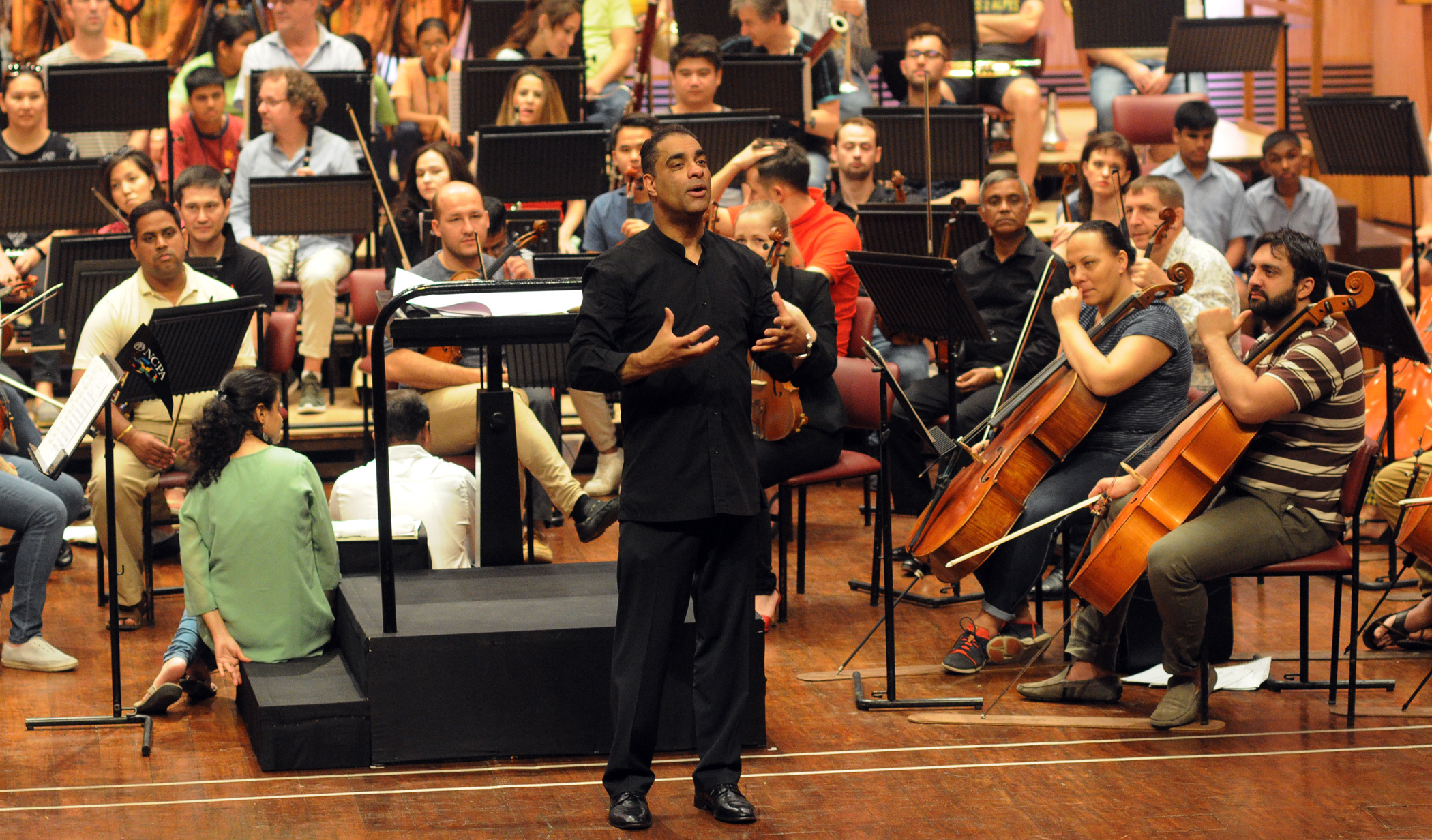
If Dr. Bhabha were alive today, he would be delighted to see the NCPA flourish as it does – with over 700 performances a year. Those of you who visit the NCPA have seen the variety of offerings from theatre, Indian music, Western classical music, dance and a number of ancillary events which include live screenings from the National Theatre in London, the MET Opera in New York, the Bolshoi Ballet, etc. and large initiatives to train our talented Indian children in the wonders of both Western and Indian music instruments.
To all of you who read this piece, and have become our natural bed of support, thank you! We strive to make a difference in your lives, and the lives of our children who represent the new, bright hope of tomorrow. If we have succeeded in some small way, we are privileged to share your journey. For those of us who are entrusted to work on this project, it is in many ways ‘a giant leap for the city and the nation’.
Zane Dalal serves as Associate Music Director of the Symphony Orchestra of India. He is a frequent contributor to ON Stage and blogs at www.zanedalal.com/blog. Join him for the new ‘Coffee and Conversation’ initiative in September.
This piece was originally published by the National Centre for the Performing Arts, Mumbai, in the March 2019 issue of ON Stage – their monthly arts magazine.





